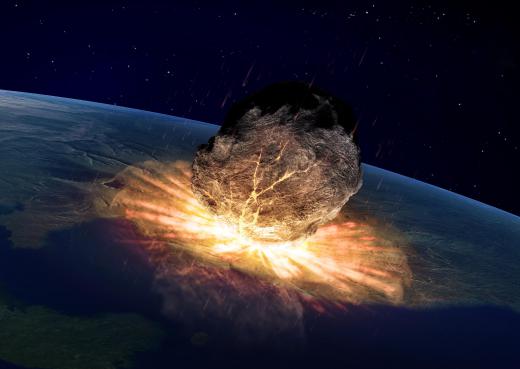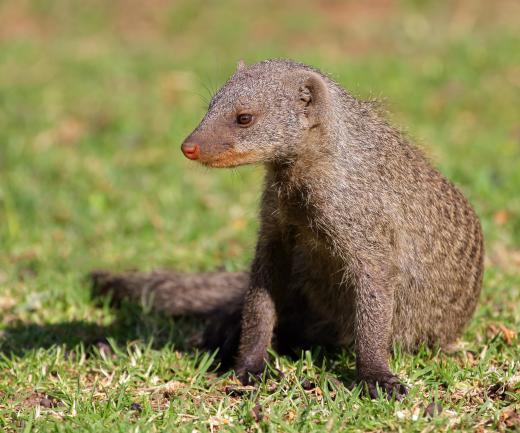What are Miacids?
 Michael Anissimov
Michael Anissimov
Miacids are an extinct group of mammalian carnivores that gave rise to cats, bears, dogs, skunks, mongooses, hyenas, and all other felids and canids. Relatively small and frequently described as marten-like, miacids were the first wave of mammalian carnivores to evolve 65 million years ago, after an asteroid obliterated the dinosaurs and left numerous ecological niches wide open. Miacids persisted until 33 million years ago. The miacids that survived evolved into the carnivorans we know today — including the family dog or cat. Carnivorans are sometimes referred to as the most intelligent mammalian group outside of the great apes.
Relatively small carnivores, miacids were typically the size of housecats, although a few species were as large as modern-day wolves. Many were arboreal (lived in trees), but some lived on the ground, where they consumed small mammals like rodents and invertebrates like beetles. The miacids are divided into two groups: Miacidae, which evolved into the caniforms (bear-dogs, dogs, raccoons, bears, and weasels), and Viverravidae, which evolved into the feliforms (cats, hyenas, and mongooses). Like many other mammals, miacids were covered in a layer of fur, had tails, and elevated metabolisms.

Miacids were one of the first mammalian carnivores. Mammals had existed for tens of millions of years before the extinction of the dinosaurs, but they were mostly small, rodent or shrew-like herbivores and detrivores that scurried around at night, trying to avoid being eaten by the numerous, terrifying carnivorous dinosaurs everywhere. With the extinction of their oppressors—the dinosaurs—mammals were finally free to branch out and take over the world, a position they still enjoy to this day.

Miacids were among the first mammals to develop teeth for the shearing and tearing of meat, a feature retained by all modern carnivorans. Miacids lived in Eurasia and North America, inhabiting the nearly worldwide tropical forests that thrived before the Ice Age set in about 23 million years ago.
AS FEATURED ON:
AS FEATURED ON:












Discussion Comments
The San Diego Natural History Museum offers an exhibit featuring tapocyons, the fossilized remains of which were apparently found near there. They say it's a complete miacid specimen, which is very rare. We didn't know what we were looking at at the time, but what's astonishing is how it's like a cat/dog mix. It's bigger than most cats, but it has retractable claws. Definitely worth a look if you're anywhere near SD.
Post your comments